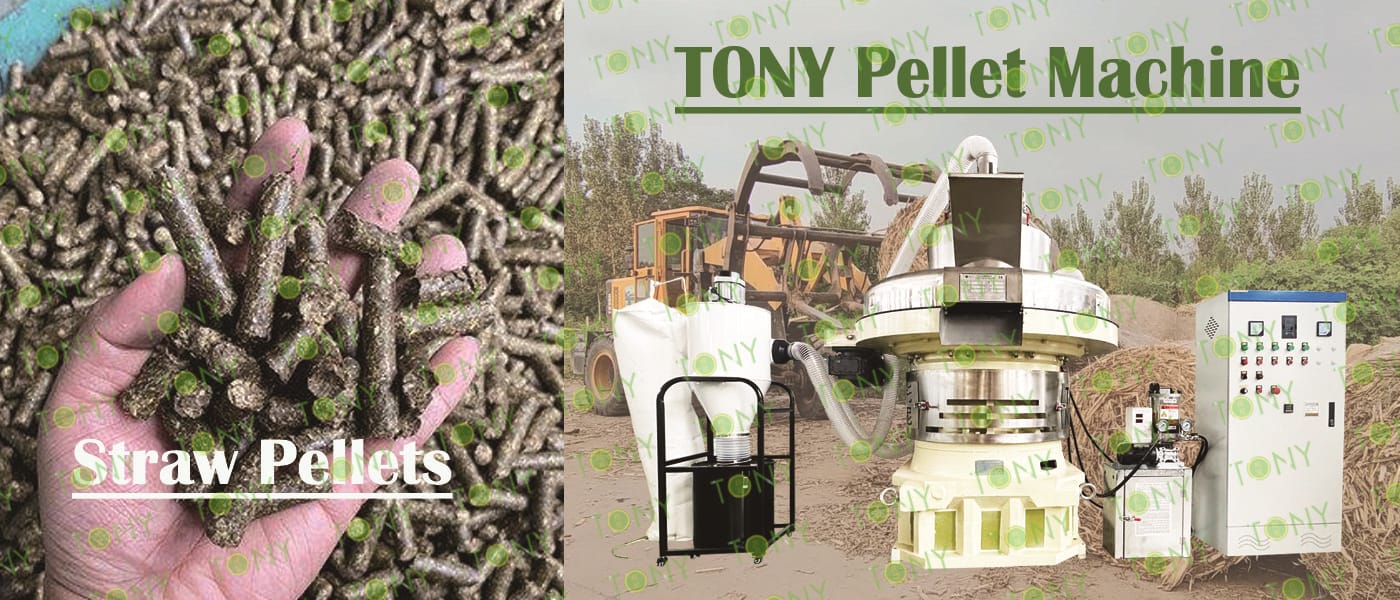I. Resource Converter: The Core Hub for Breaking the Waste Dilemma
Functional essence: Through physical extrusion, agricultural and forestry waste (such as straw, sawdust, and rice husks) is transformed into high-density pellet fuel, achieving a qualitative change from "low-value waste" to "high-value energy". For instance, after being processed by a pellet machine, the calorific value of one ton of sawdust is increased to 4,000 kcal/kg, which can directly replace coal for heating.
Resource recycling hub: It connects agricultural production with energy consumption, incorporating waste that was originally incinerated or landfilled into the industrial utilization system. Take China as an example. Every year, the available straw resources exceed 1 billion tons. If they are converted through pellet machines, it would be equivalent to an additional energy supply of 200 million tons of standard coal, easing the pressure of resource shortage.

Ii. Environmental Accelerator: Hardware Support for Low-Carbon Transformation
The core carrier for pollution reduction: When pellet fuel is burned, the sulfur content is less than 0.1% (the sulfur content of coal is about 1-3%), and when combined with dust removal equipment, "ultra-low emissions" can be achieved. A 10-ton-per-hour biomass boiler using pellet fuel can reduce carbon dioxide emissions by 1,500 tons and sulfur dioxide emissions by 30 tons annually, which is equivalent to adding the purification capacity of 50 hectares of forest in the city.
Carbon neutrality booster: The carbon cycle characteristics of biomass pellets (plant growth absorbing CO₂→ combustion releasing CO₂) make them "zero-carbon fuels", replacing fossil energy in heating and power generation, and directly accelerating the realization of the country's "dual carbon" goals.
Iii. Economic Connector: The Value Link of the Green Industrial Chain
Industrial synergy catalyst: Connecting the entire chain from "agricultural waste collection - pellet processing - energy sales" to create diverse economic values. Form a virtuous cycle of "increased income for farmers + profits for enterprises + cost reduction for users".
Energy market balancer: When the price of natural gas surges or the supply of coal is tight, pellet fuel, with its cost advantage (about 50% of the price of natural gas), becomes a stable alternative energy source, stabilizing fluctuations in the energy market and ensuring industrial production and residential heating.
The three roles of the biomass pellet machine do not exist independently. Instead, they lay the material foundation through "resource transformation", provide development momentum through "environmental protection acceleration", and build an industrial ecosystem through "economic connection", ultimately forming a complete closed loop that promotes sustainable development. In the global energy transition and rural revitalization strategy, its positioning has been upgraded from a single production tool to the core carrier of "green development solutions".





















